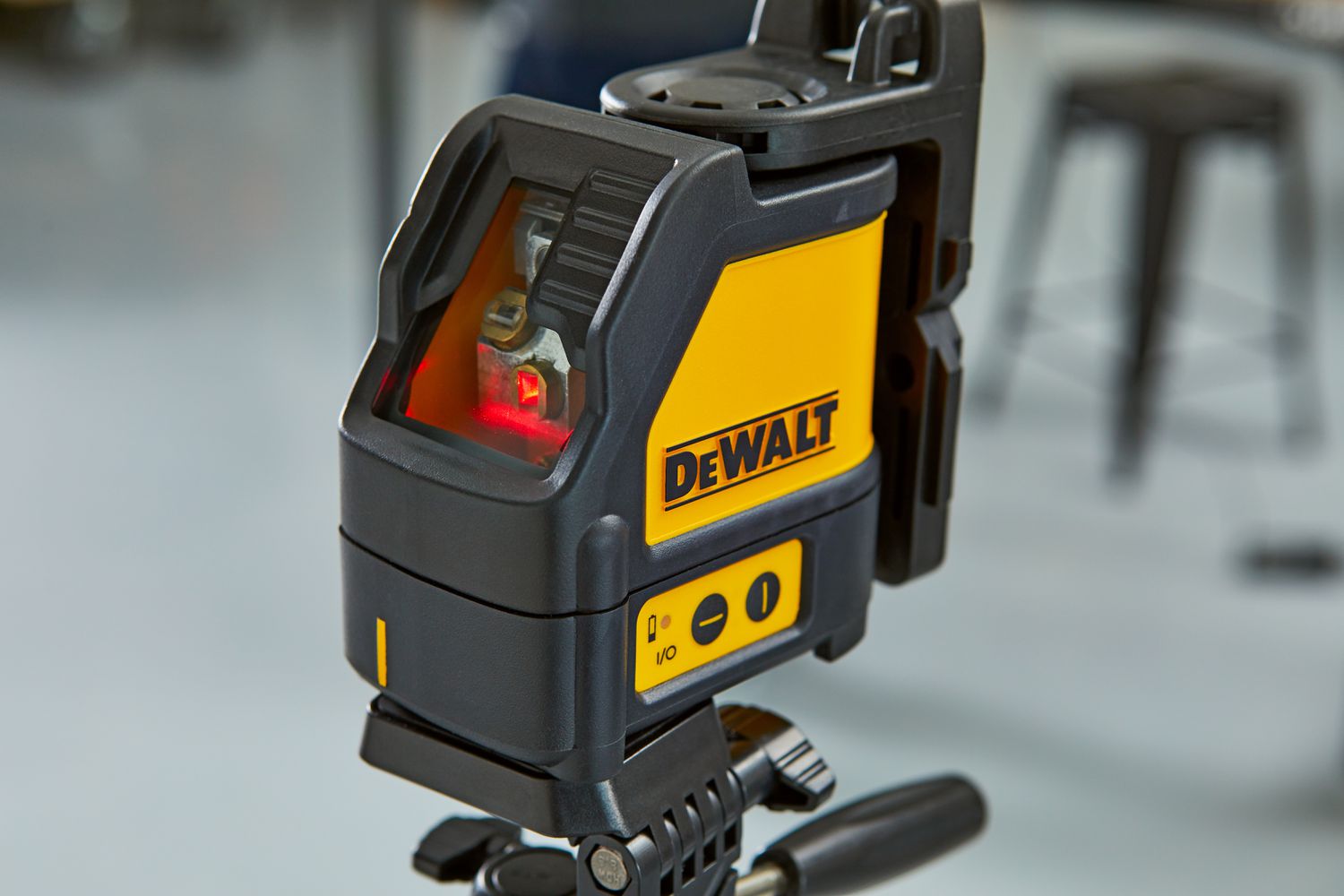

Articles
Which Laser Level Do I Need
Modified: January 24, 2024
Looking for articles on which laser level to use? Get expert advice on the best laser levels for your needs and projects.
(Many of the links in this article redirect to a specific reviewed product. Your purchase of these products through affiliate links helps to generate commission for Storables.com, at no extra cost. Learn more)
Introduction
When it comes to precision in construction, carpentry, or any project that requires accurate measurements and alignments, a laser level is an indispensable tool. It eliminates the guesswork and ensures that your work is level, plumb, and aligned with utmost precision. But with so many options available, it can be overwhelming to choose the right laser level for your needs.
In this article, we will guide you through the different types of laser levels available and the factors to consider when making your selection. By the end of this article, you’ll have a clear understanding of which laser level is the right fit for your specific requirements.
Key Takeaways:
- Choose the Right Laser Level
Consider accuracy, self-leveling capability, indoor/outdoor use, power source, and additional features when selecting a laser level. Line, rotary, and point laser levels cater to different project needs, ensuring precise measurements and alignments. - Precision and Versatility
Line laser levels are versatile for tasks like hanging pictures, while rotary levels excel in larger construction projects. Point laser levels offer compact, portable precision. Consider accuracy, self-leveling, and power source for optimal performance.
Understanding Laser Levels
Before delving into the different types of laser levels, it’s important to understand how they work. At its core, a laser level projects a beam of light that serves as a reference point for creating level, plumb, and aligned surfaces. This beam of light can be projected in a straight line or in multiple directions, depending on the type of laser level.
One of the key features of laser levels is their self-leveling capability. This means that the laser automatically adjusts itself to ensure that the projected beam is perfectly level or plumb. It saves time and effort in manually adjusting the level, especially when working on uneven surfaces.
Most laser levels also feature a built-in bubble vial or electronic sensor that alerts the user if the level is not properly calibrated. This helps in maintaining the accuracy and precision of the measurements.
Additionally, laser levels come in varying ranges, which determine the distance that the beam can cover effectively. This is an important feature to consider depending on the size of the project and the area that needs to be covered.
Now that we have a basic understanding of laser levels, let’s take a closer look at the different types available and their specific uses.
Types of Laser Levels
When it comes to laser levels, there are three main types: line laser levels, rotary laser levels, and point laser levels. Each type has its own unique features and applications, so let’s explore them in more detail.
- Line Laser Levels: Line laser levels emit a straight line of light in one or more directions. They are ideal for tasks such as installing shelves, aligning tiles, or hanging pictures. Line laser levels can project horizontal, vertical, or both lines simultaneously, allowing for easy alignment along multiple planes. These levels are often equipped with a 360-degree rotating base or multiple beams to cover larger areas.
- Rotary Laser Levels: Rotary laser levels emit a rotating plane of light. They are commonly used in larger construction projects that require precise leveling over long distances. Rotary levels can project a complete 360-degree line, making them ideal for tasks like grading land, setting foundations, or installing large-scale infrastructure. Many rotary laser levels are also self-leveling, offering convenience and accuracy on uneven surfaces.
- Point Laser Levels: Point laser levels emit multiple beams of light in different directions simultaneously, creating reference points. They are useful for tasks such as transferring measurements, plumbing, or aligning objects. Point laser levels can project dots or crosses, allowing for accurate positioning and alignment in various directions.
It’s worth mentioning that some laser levels combine multiple functionalities, offering both line and point projection capabilities. These versatile models cater to a wide range of applications and provide greater flexibility in completing projects.
Now that we have explored the different types of laser levels, let’s move on to the factors to consider when choosing the right laser level for your specific needs.
Line Laser Levels
Line laser levels are one of the most commonly used types of laser levels due to their versatility and ease of use. They project a straight line or multiple lines in one or more directions, providing a precise reference point for alignment and leveling tasks.
Line laser levels are particularly useful for tasks such as installing cabinets, aligning tiles, laying out walls, or hanging pictures. They eliminate the need for manual measurements and make it easy to achieve a level and straight result.
These laser levels come in various configurations, including single line, cross line, and multiline options. Single line laser levels emit a straight horizontal or vertical line, while cross line laser levels project both horizontal and vertical lines, intersecting at a 90-degree angle. Multiline laser levels can project multiple lines, allowing for greater coverage and versatility.
Some line laser levels also feature additional functionalities such as pulse mode, which enhances visibility when working in bright or outdoor environments. Some models also offer the option to switch between different line colors for better visibility on various surfaces.
When choosing a line laser level, consider the accuracy and range of the beam projection. Higher accuracy levels are crucial for precise measurements, especially when working on intricate projects. The range of the beam should be sufficient to cover the area you need to work on, taking into account any obstructions or limitations.
Additionally, it’s important to check if the line laser level is self-leveling or if manual adjustments are required. Self-leveling capabilities save time and effort by automatically correcting the level and ensuring accurate measurements, even on uneven surfaces.
Overall, line laser levels are an essential tool for a wide range of projects, making them a valuable addition to any toolkit. Their simplicity and versatility make them a popular choice among DIY enthusiasts and professionals alike.
Rotary Laser Levels
Rotary laser levels are highly versatile tools used for projects that require precise leveling over long distances. They emit a rotating plane of light, providing a 360-degree reference point for alignment and grading tasks.
One of the key advantages of rotary laser levels is their ability to cover large areas with ease. They project a complete circle or arc of light, allowing for accurate measurements and alignments on all sides. This makes them ideal for tasks such as leveling foundations, installing fences, or grading land.
Rotary laser levels offer a range of features to ensure precise and efficient measurements. Many models are self-leveling, which means they automatically adjust to maintain a level plane, even on uneven surfaces. This saves time and eliminates the need for manual adjustments.
Some advanced rotary laser levels also include features such as slope matching, which allows the level to maintain a consistent slope angle. This is particularly useful for projects like road construction or installing drainage systems, where maintaining an accurate slope is crucial.
In addition to their self-leveling capabilities, rotary laser levels often come with a remote control or digital interface for easy operation. This allows the user to control the rotation and other settings from a distance, enhancing convenience on the job site.
When choosing a rotary laser level, it’s important to consider the accuracy and range of the beam projection. Higher accuracy levels ensure precise measurements, especially over longer distances. The range of the beam should be sufficient to cover the area you need to work on, taking into account any obstructions or limitations.
Lastly, be mindful of the power source. Rotary laser levels can be battery-powered or rely on a direct power source. Battery-powered options provide portability and flexibility, while direct power options offer continuous operation without the need for battery changes or recharging.
Overall, rotary laser levels are powerful tools that are widely used in the construction industry. With their ability to cover large areas and maintain accuracy on uneven surfaces, they are essential for projects that demand precise leveling over long distances.
Point Laser Levels
Point laser levels are designed to create multiple reference points by emitting beams of light in different directions simultaneously. They are versatile tools that provide accurate positioning and alignment for various projects.
Point laser levels are commonly used for tasks such as transferring measurements, plumbing, or aligning objects. They project dots or crosses onto surfaces, allowing users to easily mark points for precise drilling, hanging artwork, or installing fixtures.
These laser levels are compact and portable, making them convenient for small-scale projects and on-the-go use. They are especially useful in tight spaces where other types of laser levels may not be suitable.
Point laser levels offer different configurations, including single-point and multi-point options. Single-point laser levels emit a single dot of light, while multi-point laser levels project multiple dots or crosses at various angles.
When choosing a point laser level, consider the accuracy and visibility of the projected dots. Higher accuracy levels ensure precise measurements, especially when working on intricate projects. The visibility of the dots is crucial, especially in bright or outdoor environments. Some models offer features like pulse mode or different colors to enhance visibility in challenging conditions.
Additionally, check if the point laser level is self-leveling or requires manual adjustments. Self-leveling capabilities save time and effort by automatically correcting the level, ensuring accurate measurements even on uneven surfaces.
Some point laser levels also come with additional features like a plumb beam, which allows for vertical alignments, or a magnetic base for easy attachment to metal surfaces. These features add versatility and convenience to the tool.
In terms of power source, point laser levels typically use batteries, which provide portability and flexibility. Ensure that you have an adequate supply of batteries to support the length of your project.
Overall, point laser levels are invaluable tools for precise alignment and positioning in a wide range of projects. With their compact size, versatility, and ease of use, they are a must-have for DIY enthusiasts and professionals alike.
Factors to Consider When Choosing a Laser Level
Choosing the right laser level for your needs requires careful consideration of several factors. Here are the key factors to keep in mind when making your selection:
- Accuracy and Range: The accuracy of the laser level is crucial for precise measurements. Look for models with a high accuracy rating, especially if you are working on projects that require fine details. Additionally, consider the range of the laser beam to ensure it can cover the distance you need.
- Self-Leveling Capability: Self-leveling laser levels offer convenience and accuracy by automatically adjusting the level. This is particularly important if you are working on uneven surfaces, as manual adjustments can be time-consuming and less accurate.
- Indoor or Outdoor Use: Consider whether the laser level is suitable for indoor or outdoor use. Some models are designed specifically for indoor projects, while others have features like a pulse mode or a higher beam intensity for enhanced visibility outdoors.
- Power Source: Laser levels can be powered by batteries or a direct power source. Battery-powered options offer portability, while direct power options provide continuous operation without the need for battery changes. Choose the power source that best suits your needs and the duration of your projects.
- Additional Features: Different laser levels come with various additional features that can enhance the usability and versatility of the tool. These features may include a digital interface, remote control, plumb beams, multiple line or point projection options, or a magnetic base for easy attachment to surfaces. Consider which features are important for your specific projects.
It’s also a good idea to read reviews and gather feedback from other users to get a better understanding of the reliability and performance of specific laser models. This can help inform your decision and ensure that you choose a laser level that meets your expectations.
By carefully considering these factors, you’ll be able to choose a laser level that suits your specific project requirements and ensures accuracy and efficiency in your work.
When choosing a laser level, consider the range and accuracy you need for your projects. For indoor use, a lower range may suffice, while outdoor projects may require a longer range and higher accuracy.
Accuracy and Range
When considering a laser level, one of the most crucial factors to evaluate is its accuracy and range. The accuracy of a laser level determines its ability to provide precise measurements and alignments, while the range determines the distance over which the laser beam can effectively project.
Higher accuracy levels are essential for projects that demand precise measurements, such as installing fixtures or aligning materials. Look for laser levels with a smaller margin of error, as this will ensure more accurate results. Laser levels with accuracy ratings of ±1/16 inch per 100 feet are considered highly accurate, while those with ±1/8 inch per 100 feet are more standard.
Additionally, consider the range of the laser beam. The range needed will depend on the scale of your project and the distance you need to cover. Laser levels with longer ranges are ideal for larger construction sites and outdoor projects, as they can project the beam over considerable distances. However, if you primarily work on smaller tasks or in confined spaces, a shorter range may suffice.
It’s worth noting that the accuracy and range of a laser level can be impacted by various factors, such as the visibility of the laser beam and the condition of the working environment. For example, a high-quality laser receiver or target can improve accuracy and range by enhancing the visibility of the beam in bright or outdoor conditions.
When evaluating accuracy and range, it’s essential to weigh your specific project requirements against the capabilities of the laser level. Consider the level of precision you need and the working conditions you typically encounter to ensure that the chosen laser level will meet your expectations.
By choosing a laser level with the appropriate accuracy and range, you can ensure that your measurements and alignments are precise and reliable, saving you time and enhancing the quality of your work.
Self-Leveling Capability
The self-leveling capability is a crucial factor to consider when choosing a laser level. Self-leveling laser levels automatically adjust the position of the laser beam to ensure that it is perfectly level or plumb, even on uneven surfaces.
This feature offers significant benefits, especially in construction projects where the ground or working surface may not be completely level. Rather than spending time manually adjusting the level, a self-leveling laser level will do it for you, saving time and effort.
Self-leveling laser levels utilize built-in pendulum or electronic sensors to detect any variation in the level and make instant adjustments to maintain accuracy. As a result, they provide more reliable and consistent measurements, eliminating the possibility of human error in the leveling process.
There are different types of self-leveling mechanisms available in laser levels. Some models use gravity-based pendulum systems, where a pendulum inside the laser level responds to slight changes in the level by adjusting the position of the laser beam. Other models use electronic sensors and motors to detect and correct any misalignment in real-time, ensuring precise leveling.
It’s important to note that not all self-leveling laser levels are created equal. Some models have a limited self-leveling range or may require manual adjustments in certain circumstances, such as extreme angles or when the surface is too uneven. Therefore, it’s essential to understand the limitations of the self-leveling capability of the laser level you are considering.
In addition to self-leveling, some laser levels offer the option to manually override the self-leveling mode. This can be useful in certain situations where you may want to project the laser beam at specific angles or slopes that deviate from the automatic leveling. However, it’s generally recommended to rely on the self-leveling feature for accurate and efficient measurements.
Choosing a self-leveling laser level ensures that your measurements and alignments are precise and reliable, even on uneven surfaces. This feature saves time, eliminates errors, and enhances the overall quality of your work.
Read more: How Do I Use The Strait Line Laser Level
Indoor or Outdoor Use
When selecting a laser level, it’s important to consider whether you will primarily use it indoors or outdoors. Different laser levels are designed with specific features and capabilities to cater to the unique demands of each environment.
If you primarily work indoors, an indoor laser level is typically sufficient. These laser levels are optimized for use in controlled lighting conditions and offer features that enhance visibility and accuracy indoors. They often have bright laser beams that are easily visible in indoor environments and may include additional features such as a pulse mode, which improves visibility in bright lighting conditions.
On the other hand, if you frequently work outdoors or in environments with a high amount of ambient light, you’ll need a laser level specifically designed for outdoor use. Outdoor laser levels generally have a higher beam intensity to combat the brightness of the sun and ensure the laser beam remains visible. They may also offer additional features like a laser receiver, which allows you to detect the laser beam at greater distances or under challenging lighting conditions.
When choosing a laser level for outdoor use, consider the environmental factors you typically encounter. If you work in rugged or harsh conditions, look for a laser level that is built to withstand dust, water, and impact. Some models even come with weatherproof or shock-resistant casings to ensure durability in demanding outdoor environments.
Keep in mind that while some laser levels are labeled as “indoor/outdoor,” they may have limited functionality outdoors, especially in bright sunlight. If outdoor use is a significant part of your work, it’s recommended to opt for a laser level specifically designed for outdoor applications.
By selecting a laser level that matches your intended usage environment, you can ensure that the tool performs optimally and delivers the reliability and visibility needed for accurate measurements and alignments in either indoor or outdoor settings.
Power Source
The power source of a laser level is an important consideration, as it determines the convenience, portability, and duration of operation. There are typically two main power sources for laser levels: battery-powered and direct power.
Battery-powered laser levels are a popular choice due to their portability and flexibility. They are powered by rechargeable or disposable batteries, allowing you to move freely without the need for a power outlet. Battery-powered models are lightweight and convenient, making them ideal for projects that require mobility or access to areas without electricity.
When opting for a battery-powered laser level, consider the type and capacity of batteries required. Lithium-ion batteries are commonly used due to their longer life and quicker charging time. It’s a good idea to have spare batteries on hand to ensure continuous operation, especially for larger projects or situations where a power source may not be readily available.
On the other hand, direct power laser levels require a constant connection to a power source. They are typically plugged into an electrical outlet or use a power adapter. These laser levels provide continuous operation without the need to recharge or replace batteries. They are commonly used in scenarios where a power source is readily available, such as indoor construction sites or workshops.
Direct power laser levels are suitable for extended use and eliminate the need for battery changes, ensuring uninterrupted operation. However, they may have limitations in terms of mobility and portability, as they rely on a power source.
When considering the power source, think about the duration of your projects and the availability of power outlets in your working environment. If you anticipate working for an extended period of time or require portability, a battery-powered laser level may be the best choice. However, if you have access to a reliable power source and need continuous operation, a direct power laser level may be more suitable.
Ultimately, the power source of a laser level factors into its convenience and usability, so choose the option that aligns with your specific needs and working conditions.
Additional Features
When choosing a laser level, it’s worth considering the additional features that can enhance its usability and versatility. While the core function of a laser level is to project a level or plumb beam, certain features can provide added convenience and functionality. Here are some common additional features to consider:
- Digital Interface: Some laser levels come equipped with a digital interface that displays measurements, angles, and other relevant information. This allows for quick and easy reading of measurements, eliminating the need for manual calculations.
- Remote Control: Laser levels with a remote control enable you to operate the tool from a distance. This is especially useful when you need to make adjustments while standing away from the laser level, increasing efficiency and reducing the need for constant back-and-forth movement.
- Multiple Line or Point Projection: Depending on your project requirements, you may benefit from a laser level that can project multiple lines or points simultaneously. This feature allows for greater coverage and flexibility in aligning or marking multiple reference points.
- Plumb Beams: Some laser levels offer a plumb beam feature, which projects a vertical line for precise plumbing tasks. This is particularly useful when you need to align objects or fixtures vertically, such as hanging shelves or installing pipes.
- Magnetic Base: Laser levels equipped with a magnetic base allow for easy attachment to metal surfaces, providing hands-free operation and stability. This feature is especially handy when working on steel framing or structures.
- Pulse Mode: Outdoor laser levels often include a pulse mode, which boosts the visibility of the laser beam in bright or sunny conditions. This ensures that the laser remains visible even in challenging lighting environments.
Consider which features are important for your specific projects and working conditions. Some features may be more relevant for certain industries or applications. It’s also worth noting that additional features can add to the overall cost of the laser level, so weigh their importance against your budget.
By selecting a laser level with the right combination of additional features, you can maximize its utility and make your work more efficient and accurate.
Conclusion
Choosing the right laser level is essential for achieving precise measurements and alignments in your projects. By considering various factors, such as accuracy, self-leveling capability, indoor or outdoor use, power source, and additional features, you can find the laser level that best suits your specific needs.
Line laser levels are versatile and ideal for tasks like hanging pictures or aligning tiles. Rotary laser levels are best suited for larger construction projects that require precise leveling over long distances. Point laser levels are compact and portable, making them convenient for transferring measurements and aligning objects.
Accuracy and range are critical factors to ensure precise measurements, while the self-leveling capability saves time and guarantees accuracy on uneven surfaces. Consider the working environment, whether it’s indoors or outdoors, to choose a laser level with the necessary visibility and features for optimal performance.
The power source will determine the portability and duration of operation, as battery-powered laser levels offer flexibility while direct power options provide continuous operation without battery changes.
Additional features like a digital interface, remote control, multiple line or point projection, plumb beams, magnetic bases, and pulse mode can enhance the usability and versatility of the laser level.
In conclusion, by carefully considering these factors and understanding your specific project requirements, you can select the laser level that meets your needs and ensures accurate, efficient, and reliable measurements and alignments throughout your work.
Frequently Asked Questions about Which Laser Level Do I Need
Was this page helpful?
At Storables.com, we guarantee accurate and reliable information. Our content, validated by Expert Board Contributors, is crafted following stringent Editorial Policies. We're committed to providing you with well-researched, expert-backed insights for all your informational needs.
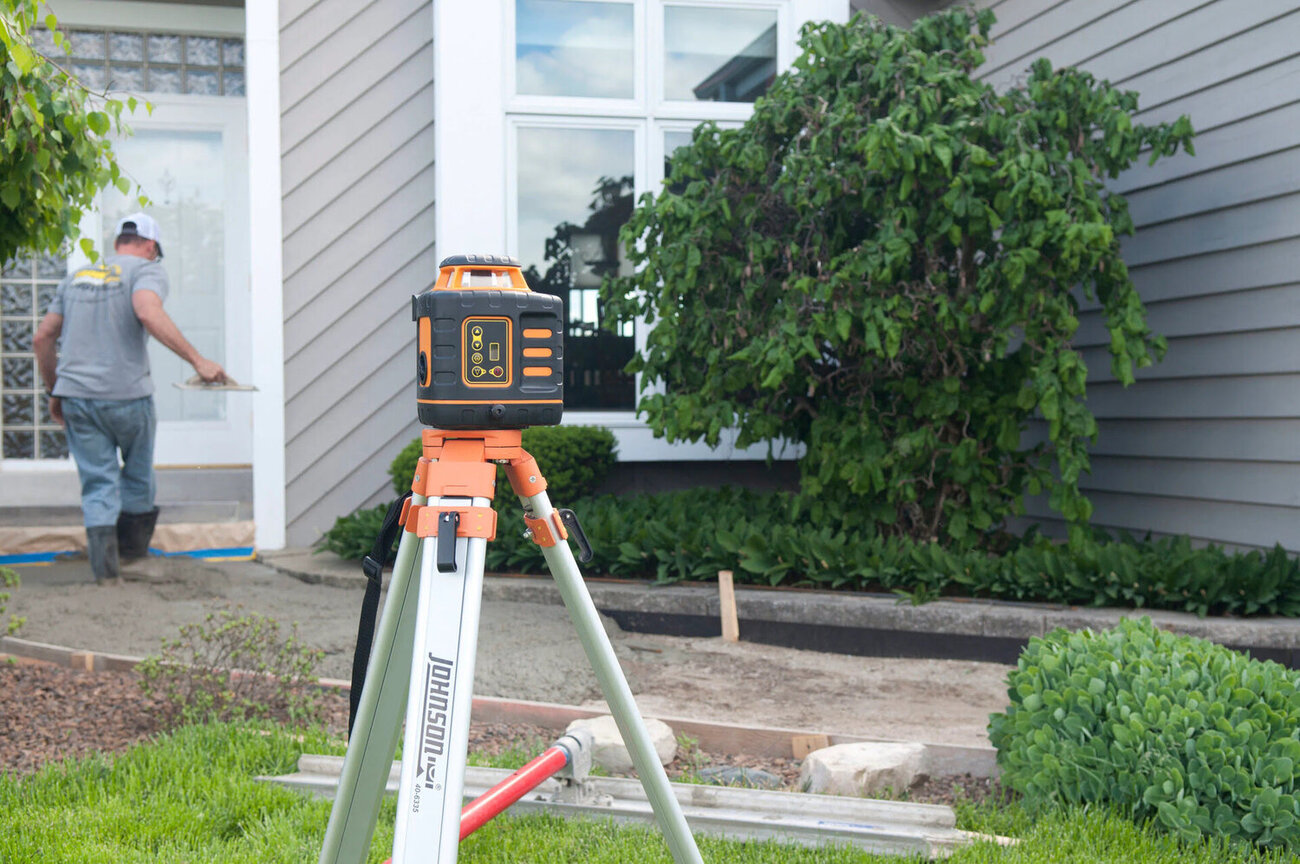
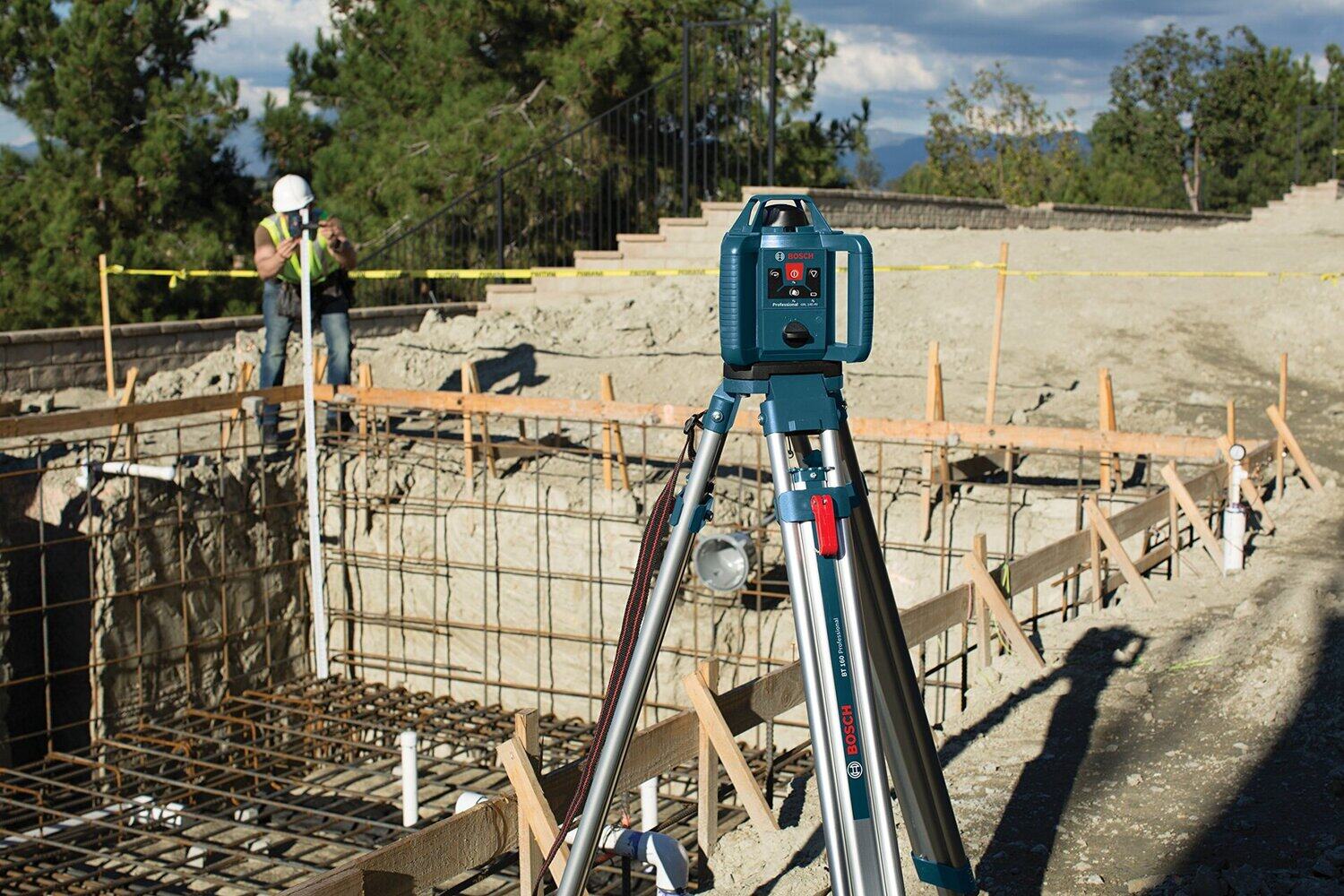
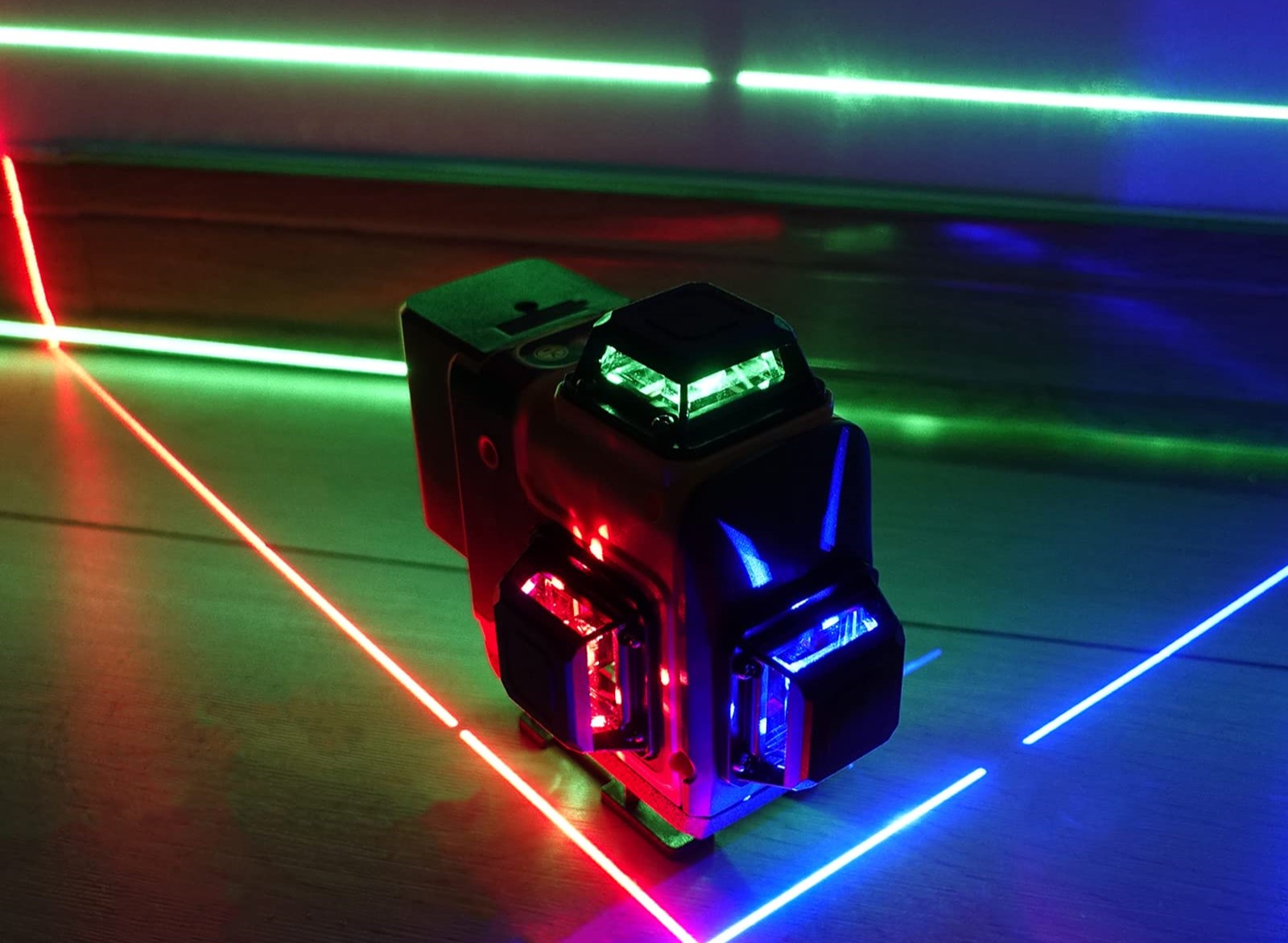
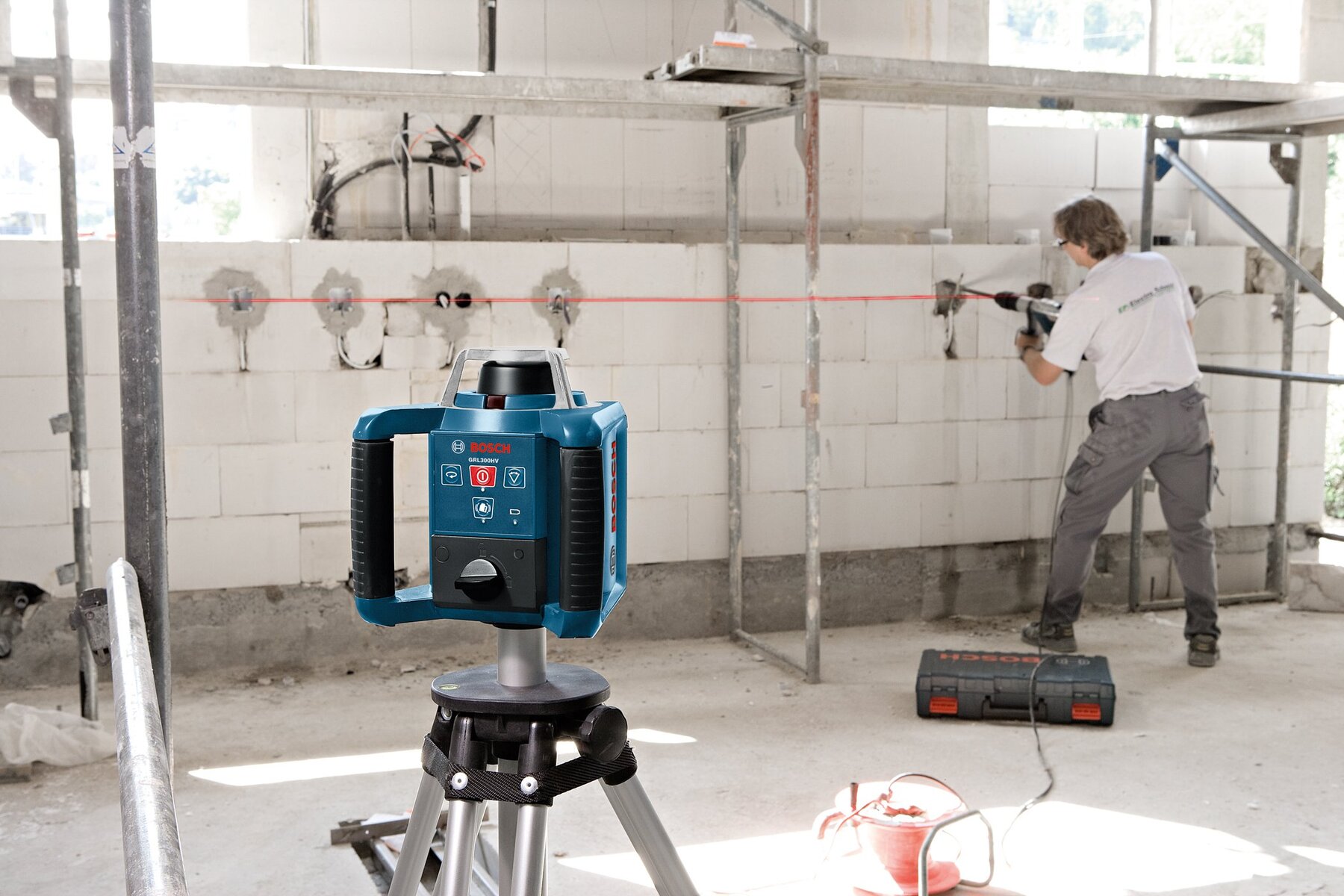
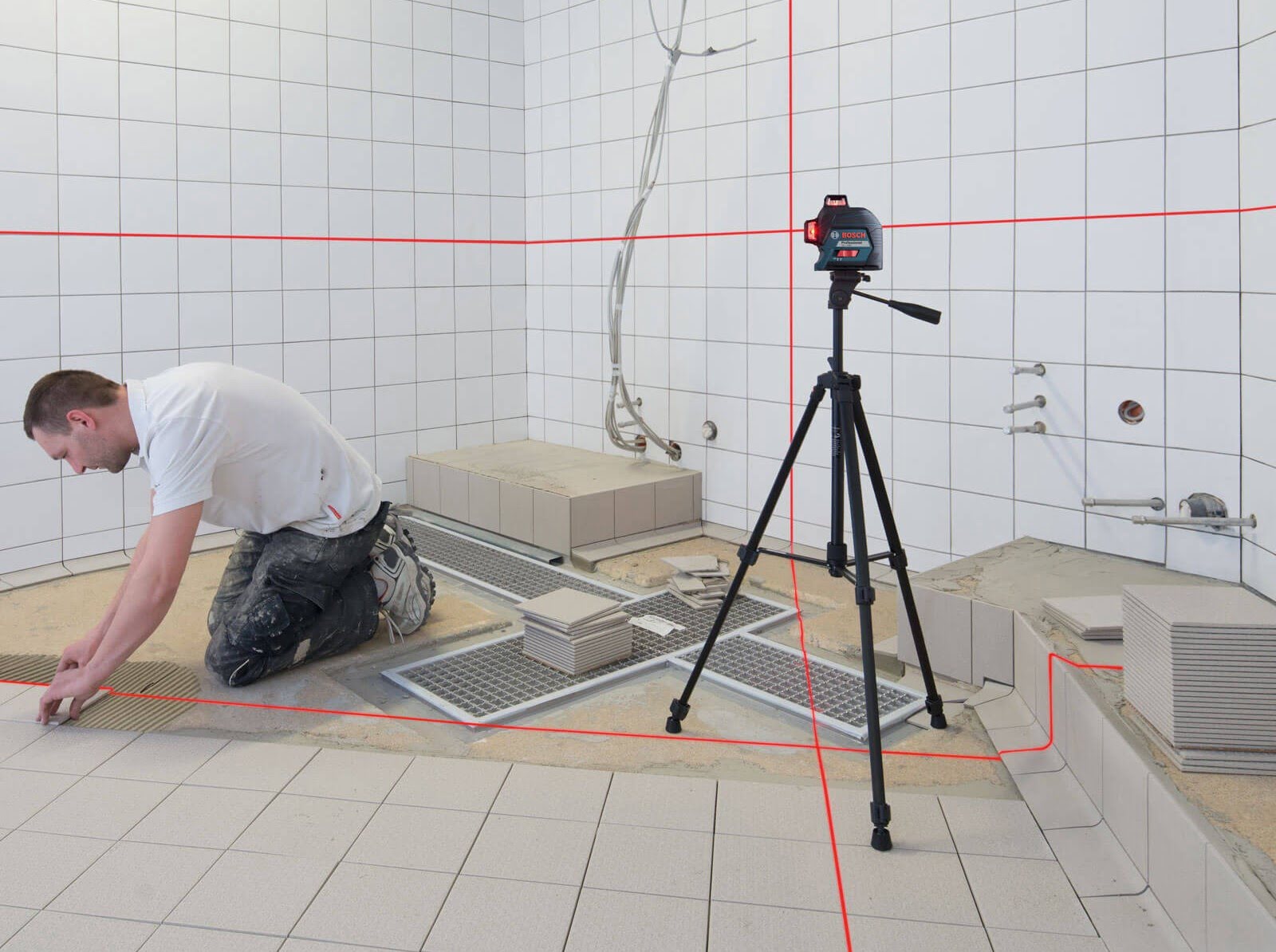
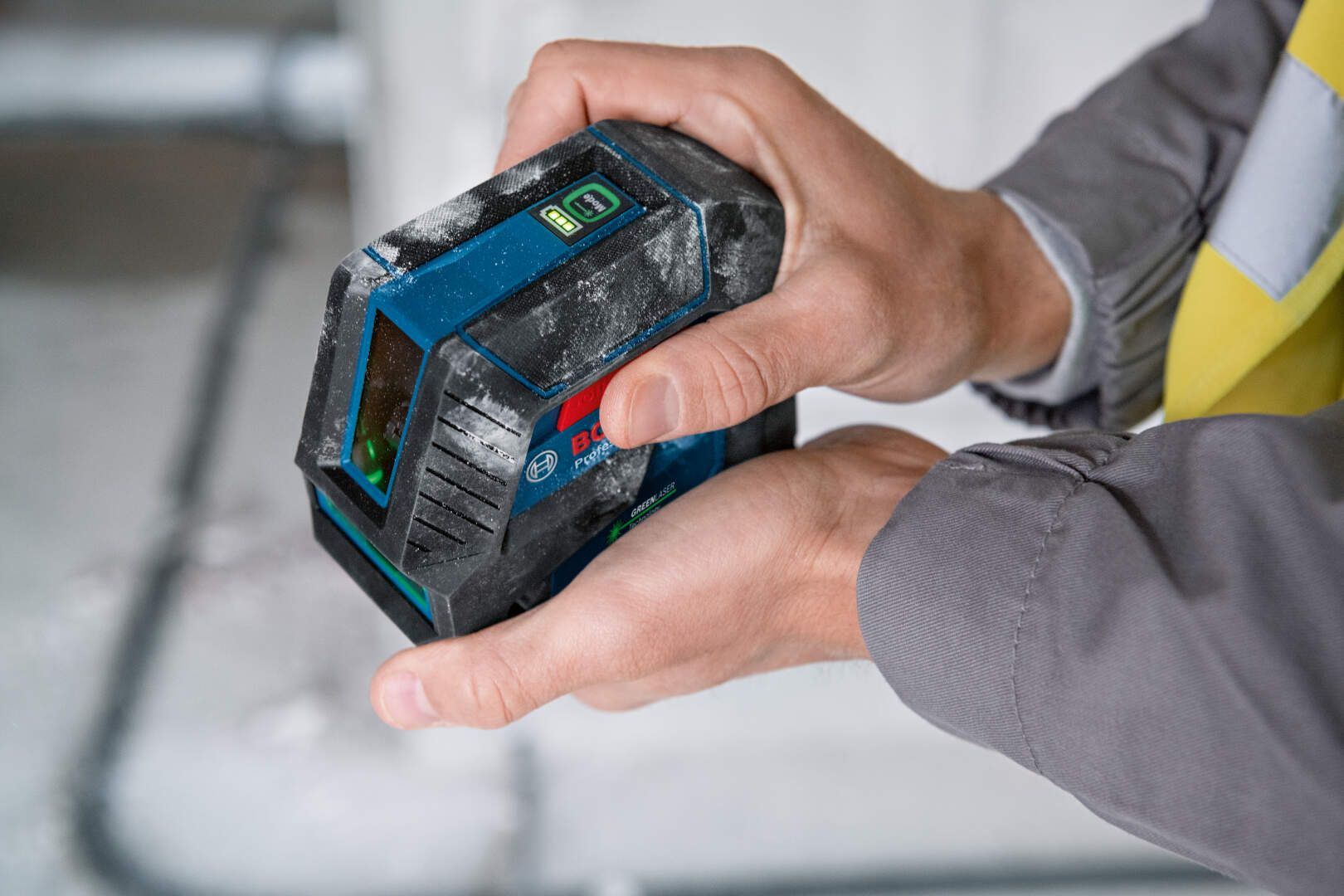
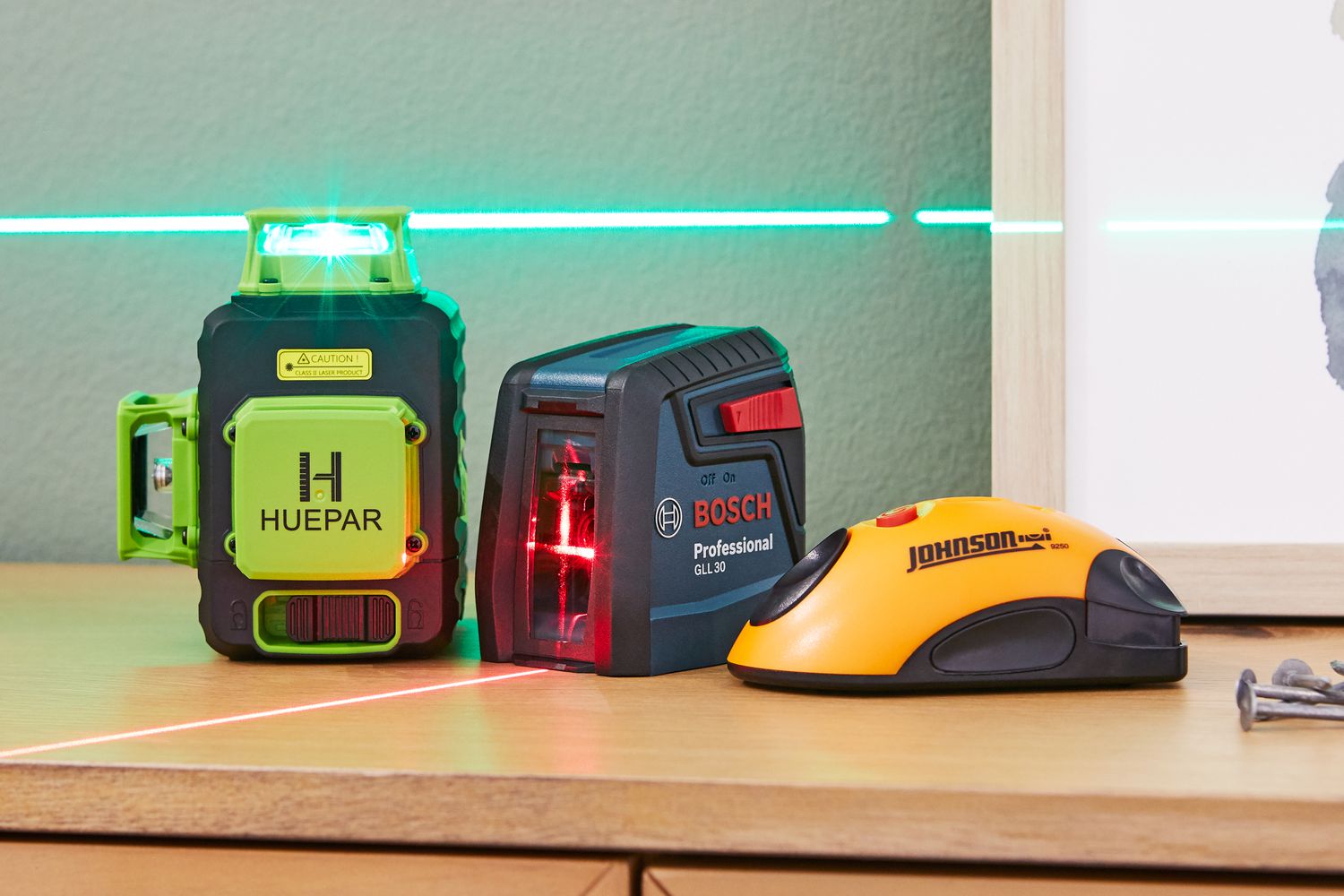
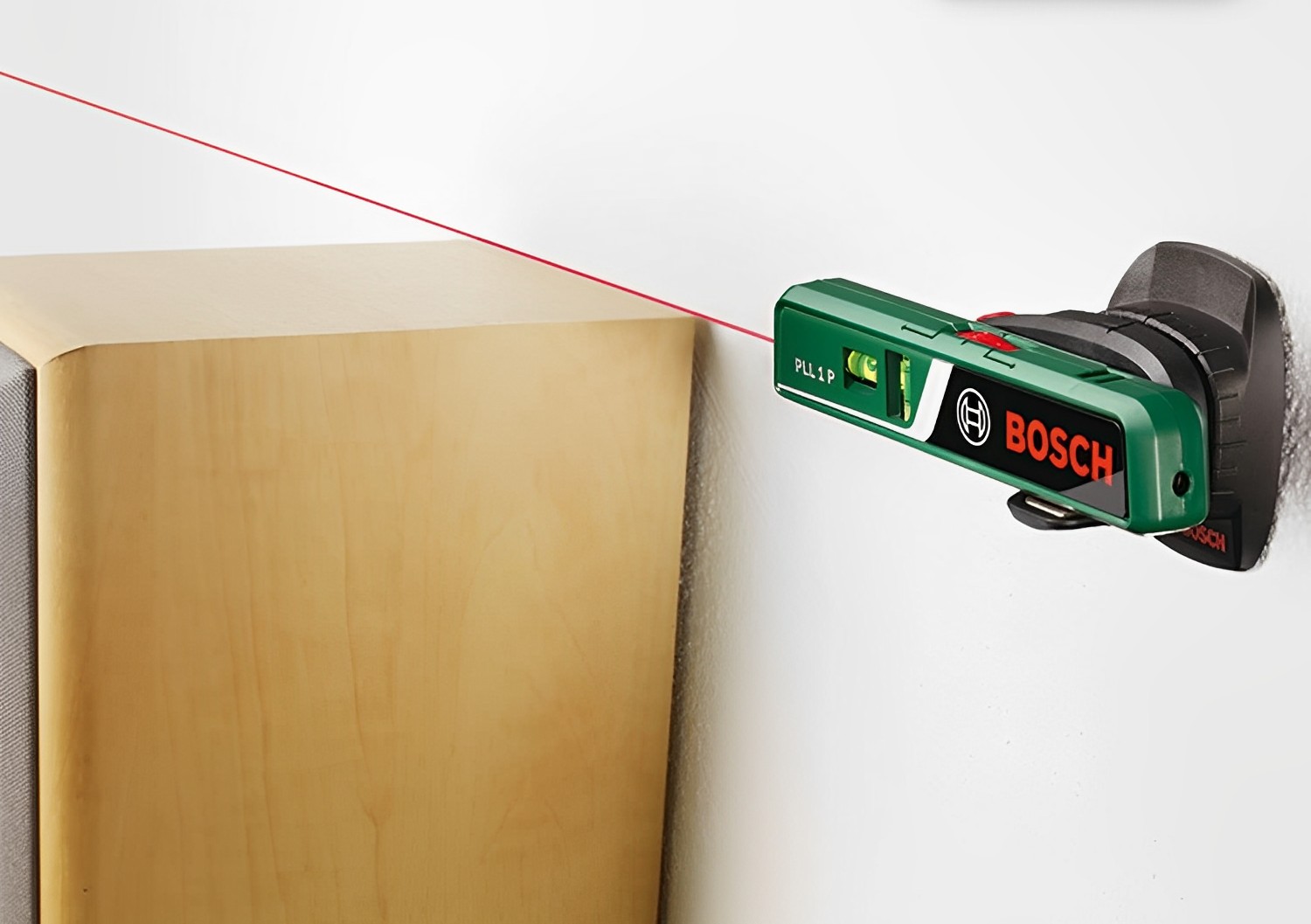

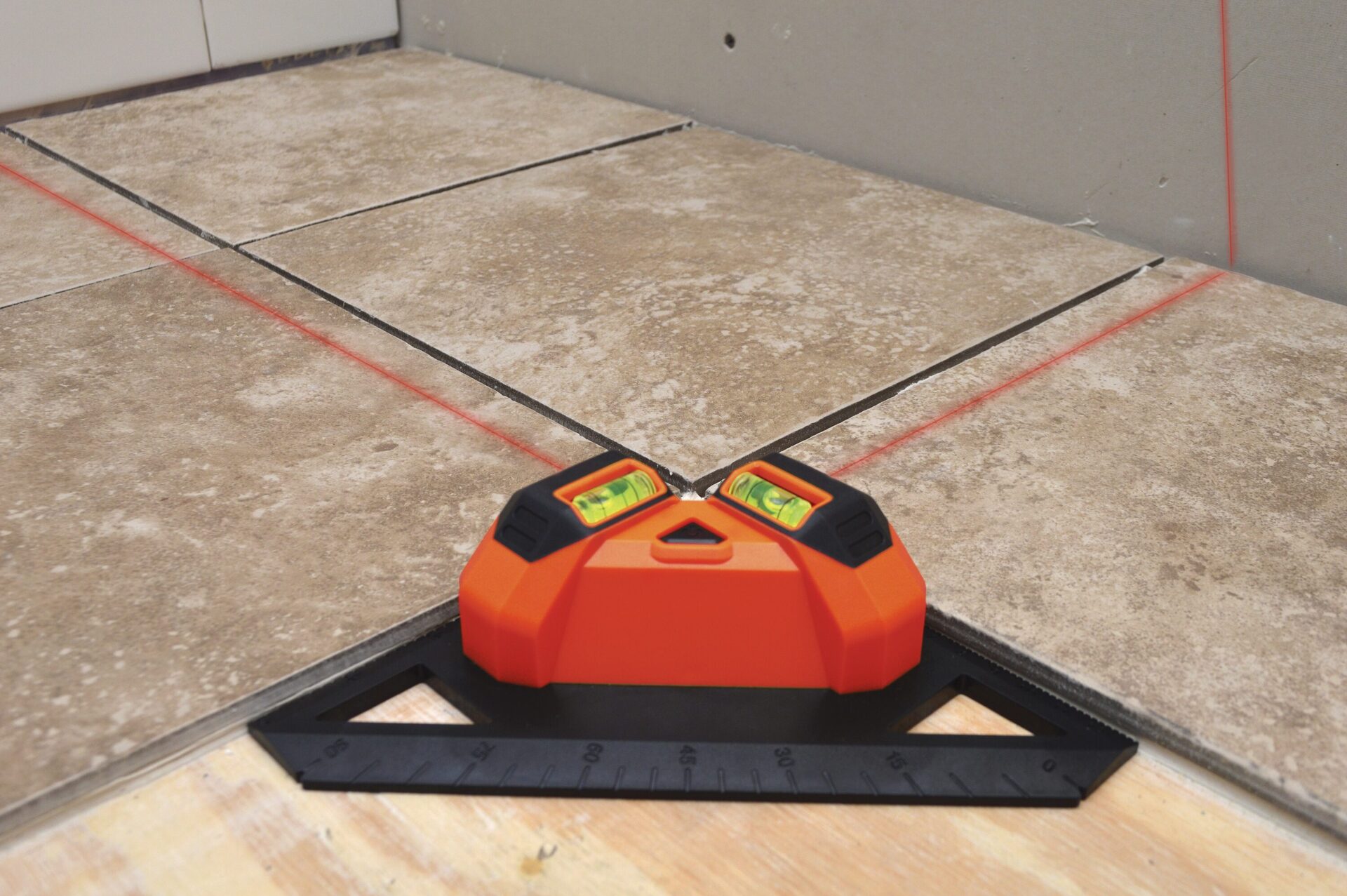

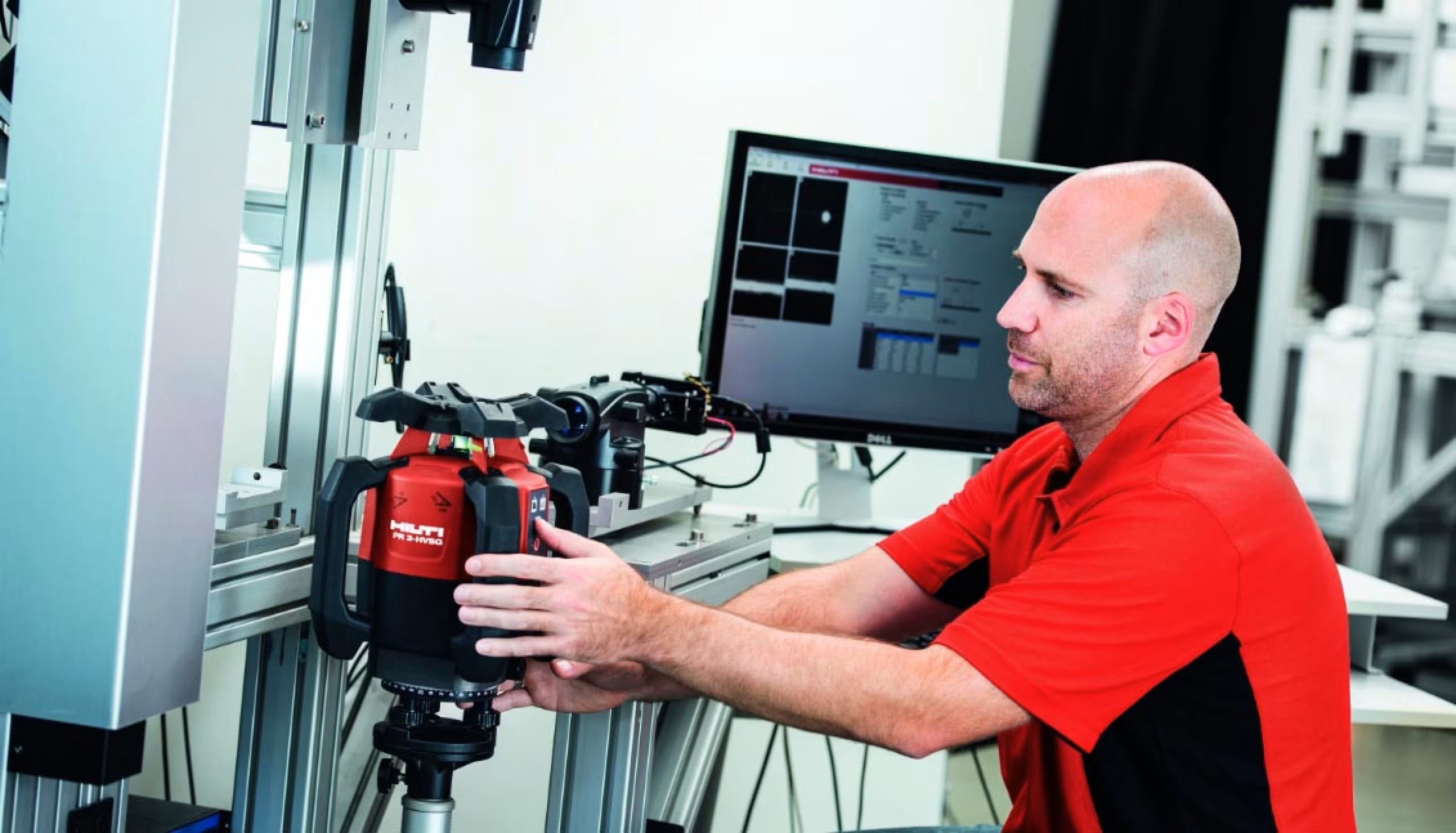
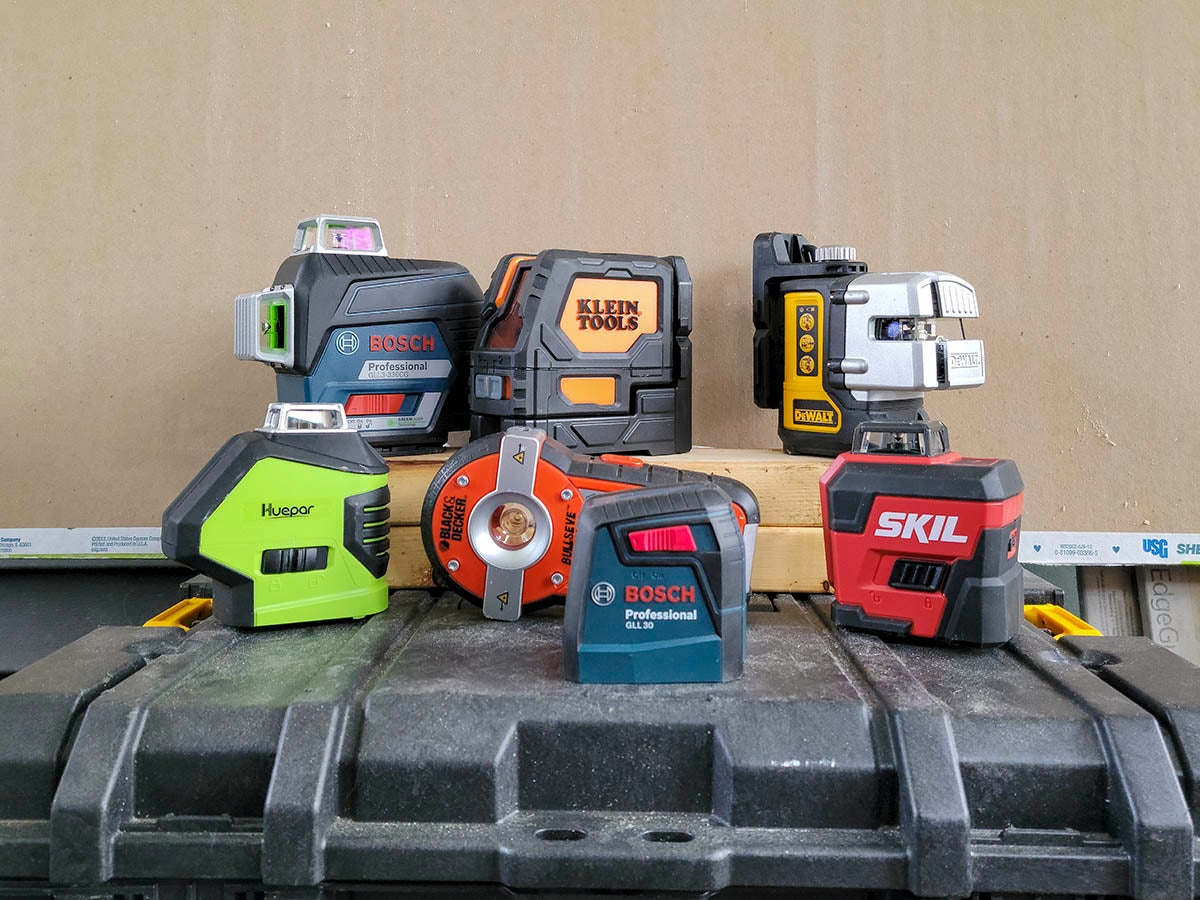

0 thoughts on “Which Laser Level Do I Need”